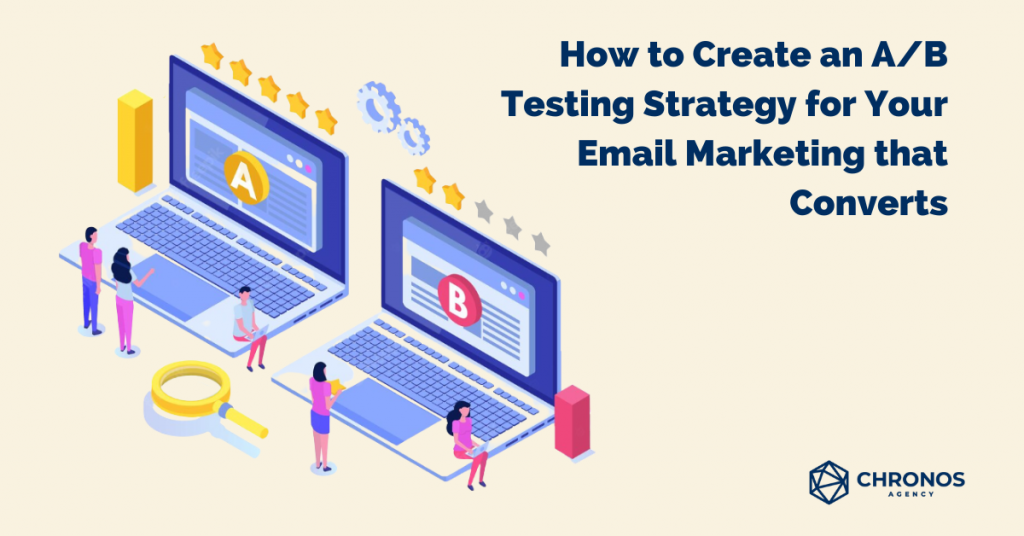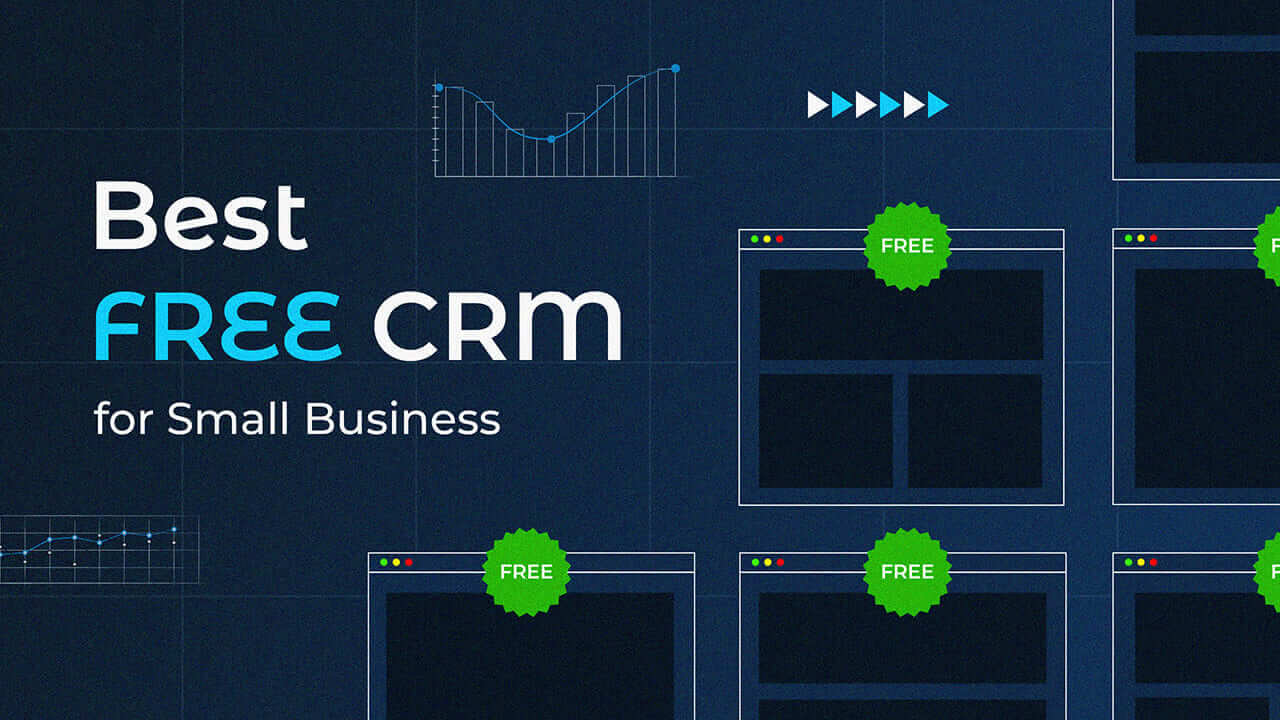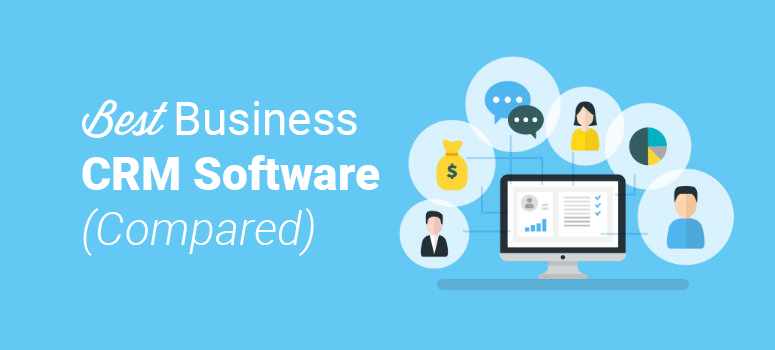
Unlocking CRM Marketing Success: A Deep Dive into A/B Testing Strategies
In the ever-evolving landscape of digital marketing, staying ahead of the curve is not just an advantage; it’s a necessity. Customer Relationship Management (CRM) marketing has become a cornerstone of modern business, providing a powerful platform to understand, engage, and retain customers. However, even the most sophisticated CRM strategies can fall short without the crucial element of optimization. This is where A/B testing enters the scene, acting as a compass guiding marketers towards the most effective approaches. This comprehensive guide will delve into the intricacies of CRM marketing A/B testing, providing you with the knowledge and strategies to transform your CRM efforts from good to exceptional.
The Power of CRM Marketing
Before we dive into A/B testing, let’s establish the significance of CRM marketing. At its core, CRM marketing is about building and nurturing relationships with your customers. It involves using CRM software to collect, manage, and analyze customer data to personalize interactions, improve customer satisfaction, and ultimately drive revenue. A well-executed CRM strategy can lead to:
- Increased Customer Lifetime Value: By understanding customer behavior and preferences, you can tailor your marketing efforts to keep them engaged and loyal for longer.
- Enhanced Customer Retention: Proactive communication and personalized offers make customers feel valued, reducing churn.
- Improved Sales Conversion Rates: Targeting the right customers with the right message at the right time significantly increases the likelihood of a sale.
- Better Marketing ROI: CRM allows you to focus your resources on the most promising leads and opportunities.
CRM marketing encompasses a wide range of activities, including email marketing, lead nurturing, customer segmentation, and personalized content. The success of these activities hinges on understanding your customers and delivering relevant, valuable experiences. This is where A/B testing becomes indispensable.
Understanding A/B Testing: The Scientific Approach to Marketing
A/B testing, also known as split testing, is a method of comparing two versions of something (e.g., an email subject line, a website landing page, or a marketing campaign) to determine which performs better. It’s a data-driven approach that allows you to make informed decisions about your marketing efforts, rather than relying on guesswork or intuition. The core principle is simple: you create two variations (A and B) of an element and randomly show each variation to a segment of your audience. By tracking key metrics like click-through rates, conversion rates, and revenue, you can determine which variation is more effective.
The benefits of A/B testing are numerous:
- Data-Driven Decisions: A/B testing provides concrete evidence to support your marketing strategies, reducing the risk of making decisions based on assumptions.
- Improved Conversion Rates: By optimizing your marketing elements, you can significantly increase the number of customers who take the desired action (e.g., making a purchase, filling out a form).
- Enhanced Customer Experience: A/B testing allows you to tailor your marketing messages and content to better resonate with your target audience, leading to a more positive customer experience.
- Increased ROI: By optimizing your marketing efforts, you can get more value from your marketing budget.
In the context of CRM marketing, A/B testing can be applied to virtually any element of your campaigns, from email subject lines and content to landing pages and call-to-actions.
Key Areas for A/B Testing in CRM Marketing
The possibilities for A/B testing within CRM marketing are vast. Here are some key areas where you can implement A/B tests to drive significant improvements:
1. Email Marketing
Email marketing remains one of the most powerful tools in the CRM marketer’s arsenal. A/B testing can be used to optimize every aspect of your email campaigns, including:
- Subject Lines: Experiment with different subject lines to see which ones generate the highest open rates. Consider testing different lengths, tones (e.g., urgent, playful), and personalization (e.g., using the recipient’s name).
- Email Content: Test different content layouts, including the placement of images, videos, and calls-to-action. Experiment with different writing styles (e.g., formal vs. informal) and lengths.
- Call-to-Actions (CTAs): Experiment with different CTA buttons, text, and placements to determine which ones drive the most clicks and conversions.
- Send Times: Test different send times to see when your audience is most likely to open and engage with your emails.
- Segmentation: Test different segmentation strategies to see which segments respond best to your email campaigns.
2. Landing Pages
Landing pages are crucial for converting leads into customers. A/B testing can help you optimize your landing pages to maximize conversions:
- Headline: Test different headlines to see which ones grab your audience’s attention and clearly communicate your value proposition.
- Body Copy: Experiment with different writing styles, lengths, and content to see which ones resonate best with your target audience.
- Images and Videos: Test different images and videos to see which ones are most effective at conveying your message and engaging visitors.
- Forms: Test different form layouts, fields, and button designs to see which ones lead to the highest conversion rates.
- Call-to-Actions (CTAs): Experiment with different CTA buttons, text, and placements to determine which ones drive the most clicks and conversions.
3. Lead Nurturing Campaigns
Lead nurturing campaigns are designed to guide prospects through the sales funnel. A/B testing can help you optimize these campaigns to improve conversion rates:
- Email Sequences: Test different email sequences to see which ones are most effective at moving leads through the sales funnel.
- Content: Experiment with different types of content (e.g., blog posts, ebooks, webinars) to see which ones resonate best with your leads.
- Timing: Test different email send times and frequencies to see when your leads are most likely to engage with your content.
- Personalization: Test different levels of personalization to see how it affects engagement and conversion rates.
4. Customer Segmentation
Segmenting your audience allows you to tailor your marketing messages and content to specific groups of customers. A/B testing can help you refine your segmentation strategies:
- Segmentation Criteria: Test different segmentation criteria (e.g., demographics, purchase history, website behavior) to see which ones are most effective at identifying high-value customers.
- Personalization: Test different levels of personalization based on segment to see how it affects engagement and conversion rates.
- Offer: Test different offers for different segments to see which one is more appealing.
5. Website Personalization
Personalizing your website experience can significantly improve customer engagement and conversion rates. A/B testing can help you optimize your website personalization efforts:
- Content: Test different content variations for different segments of your audience.
- Offers: Experiment with different offers and promotions for different segments.
- Call-to-Actions (CTAs): Test different CTAs for different segments to see which ones drive the most clicks and conversions.
Setting Up a Successful A/B Test in CRM Marketing
Conducting effective A/B tests requires careful planning and execution. Here’s a step-by-step guide to help you get started:
1. Define Your Goals
Before you start testing, clearly define what you want to achieve. What specific metric are you trying to improve? (e.g., open rates, click-through rates, conversion rates, revenue). Having clear goals will help you design your tests and measure your results effectively.
2. Identify Your Hypothesis
Based on your goals, formulate a hypothesis. A hypothesis is an educated guess about what you think will happen. For example, “Changing the subject line of our email to include the recipient’s name will increase our open rate by 10%.”
3. Choose What to Test
Based on your goals and hypothesis, choose the specific element you want to test. Focus on testing one element at a time to isolate the impact of each change. Avoid testing too many elements simultaneously, as it will be difficult to determine which changes caused the results.
4. Create Variations
Create two versions of the element you’re testing: the original (control) and the variation (treatment). Make sure the variations are significantly different from the control to maximize the chances of seeing a noticeable difference in performance.
5. Choose Your Audience
Select a representative sample of your audience to participate in the test. Make sure the sample size is large enough to provide statistically significant results. Use a CRM platform that allows for A/B testing or integrate with a dedicated A/B testing tool.
6. Run the Test
Run the test for a sufficient amount of time to collect enough data. The duration of your test will depend on factors like your website traffic, the volume of your email list, and the expected difference in performance between the variations. Typically, A/B tests run for at least a week, or until statistical significance is achieved.
7. Analyze Your Results
Once the test is complete, analyze the results to determine which variation performed better. Look at key metrics like open rates, click-through rates, conversion rates, and revenue. Use statistical significance calculators to determine if the results are statistically significant and not due to chance.
8. Implement Your Findings
If the results are statistically significant, implement the winning variation. If the results are inconclusive, you may need to run the test again with a larger sample size or refine your hypothesis and variations.
9. Continuously Test and Optimize
A/B testing is an ongoing process. Continuously test and optimize your CRM marketing efforts to improve your results over time. As your audience evolves and their preferences change, you’ll need to adapt your strategies to stay ahead of the competition.
Tools and Platforms for CRM Marketing A/B Testing
Several tools and platforms can help you implement A/B tests in your CRM marketing efforts. Here are some of the most popular options:
- CRM Platforms with Built-in A/B Testing: Many CRM platforms, such as HubSpot, Salesforce, and Marketo, offer built-in A/B testing features for email marketing and landing pages.
- Dedicated A/B Testing Tools: Tools like Optimizely, VWO (Visual Website Optimizer), and Google Optimize provide more advanced A/B testing capabilities, allowing you to test a wider range of elements and track more detailed metrics.
- Email Marketing Platforms: Email marketing platforms like Mailchimp, Constant Contact, and ActiveCampaign also offer A/B testing features for email campaigns.
The best tool for you will depend on your specific needs, budget, and technical expertise. Consider factors like ease of use, features, pricing, and integrations when making your decision.
Best Practices for CRM Marketing A/B Testing
To maximize the effectiveness of your A/B tests, keep these best practices in mind:
- Focus on One Element at a Time: Testing multiple elements simultaneously can make it difficult to determine which changes are responsible for the results.
- Test with Sufficient Sample Sizes: Ensure your sample size is large enough to provide statistically significant results. Use A/B testing calculators to determine the appropriate sample size.
- Run Tests for a Sufficient Duration: Allow enough time for your tests to run to ensure you collect enough data.
- Use Statistical Significance Calculators: Don’t rely solely on intuition. Use statistical significance calculators to determine if your results are statistically significant.
- Document Your Tests: Keep detailed records of your tests, including your goals, hypothesis, variations, results, and conclusions.
- Learn from Your Failures: Not every test will be a success. Learn from your failures and use them to improve your future tests.
- Prioritize Based on Impact: Focus on testing elements that have the greatest potential impact on your key metrics.
- Be Patient: A/B testing takes time and effort. Don’t expect overnight results. Be patient and persistent, and you’ll eventually see improvements in your CRM marketing performance.
Common Mistakes to Avoid in CRM Marketing A/B Testing
While A/B testing is a powerful tool, it’s easy to make mistakes that can undermine your results. Here are some common pitfalls to avoid:
- Testing Too Many Things at Once: This makes it difficult to isolate the impact of each change.
- Not Having a Clear Hypothesis: Without a clear hypothesis, you’re essentially guessing.
- Not Testing for Long Enough: This can lead to inaccurate results.
- Ignoring Statistical Significance: Don’t make decisions based on results that aren’t statistically significant.
- Not Segmenting Your Audience: Testing on a broad audience can mask the impact of your changes on specific segments.
- Not Documenting Your Tests: This makes it difficult to learn from your successes and failures.
- Not Following Up on Results: Failing to implement the winning variation is a waste of time and resources.
- Relying on Personal Preferences: Base your decisions on data, not on personal preferences or opinions.
The Future of CRM Marketing A/B Testing
As CRM marketing continues to evolve, so too will A/B testing. We can expect to see several trends shaping the future of A/B testing in CRM marketing:
- Increased Personalization: A/B testing will become even more critical for personalizing marketing messages and content based on individual customer preferences and behaviors.
- AI-Powered A/B Testing: Artificial intelligence (AI) and machine learning (ML) will play an increasingly important role in A/B testing, automating the process of identifying opportunities, generating hypotheses, and analyzing results.
- Cross-Channel Testing: Marketers will be using A/B testing across multiple channels (e.g., email, SMS, social media, website) to create a seamless customer experience.
- Focus on Behavioral Data: A/B testing will increasingly incorporate behavioral data (e.g., website browsing history, purchase history, email engagement) to personalize and optimize marketing efforts.
- Integration with CRM Platforms: A/B testing tools will become more tightly integrated with CRM platforms, making it easier for marketers to analyze data and make data-driven decisions.
Conclusion: Embrace the Power of Data
CRM marketing A/B testing is not just a trend; it’s a fundamental requirement for success in today’s competitive digital landscape. By embracing a data-driven approach, you can unlock the full potential of your CRM efforts, improve customer engagement, increase conversion rates, and drive revenue growth. Remember, A/B testing is an iterative process. Continuously test, learn, and optimize your CRM marketing strategies to stay ahead of the curve and achieve your business goals. By consistently refining your approach and focusing on delivering value to your customers, you can build lasting relationships and achieve sustainable growth. The power of data is in your hands – use it wisely.

